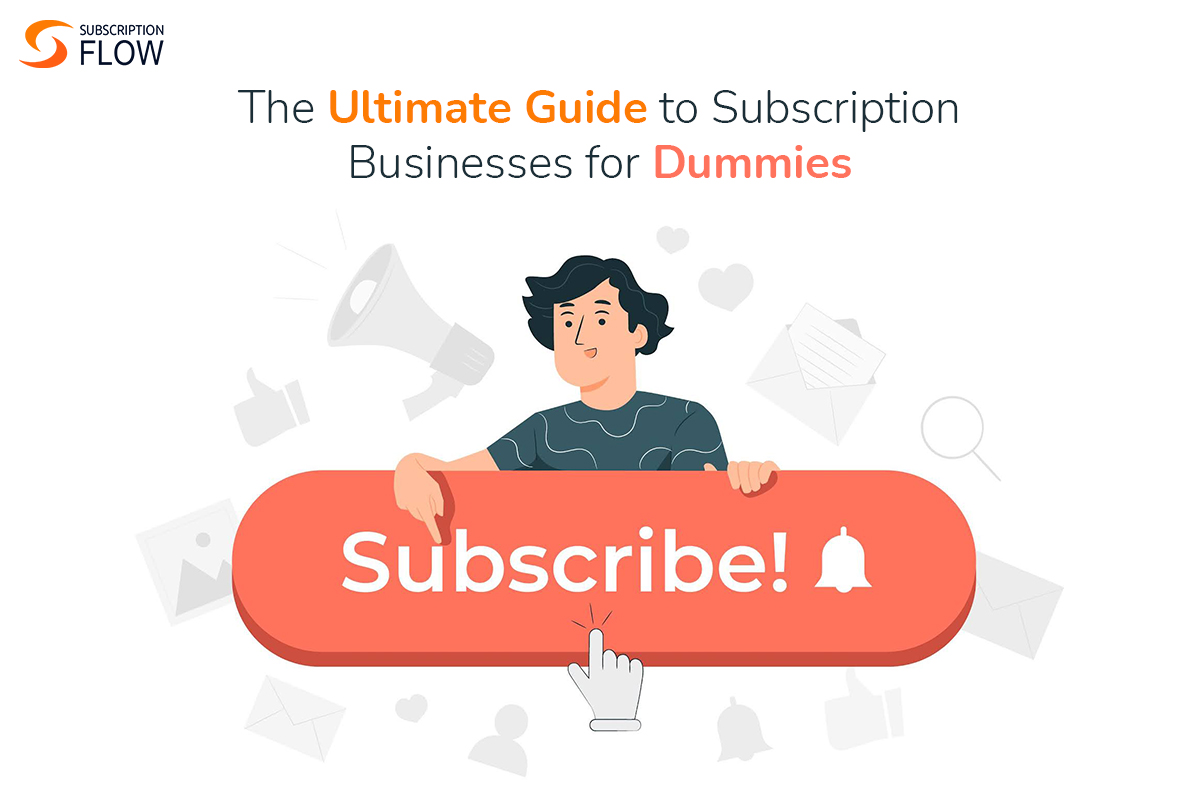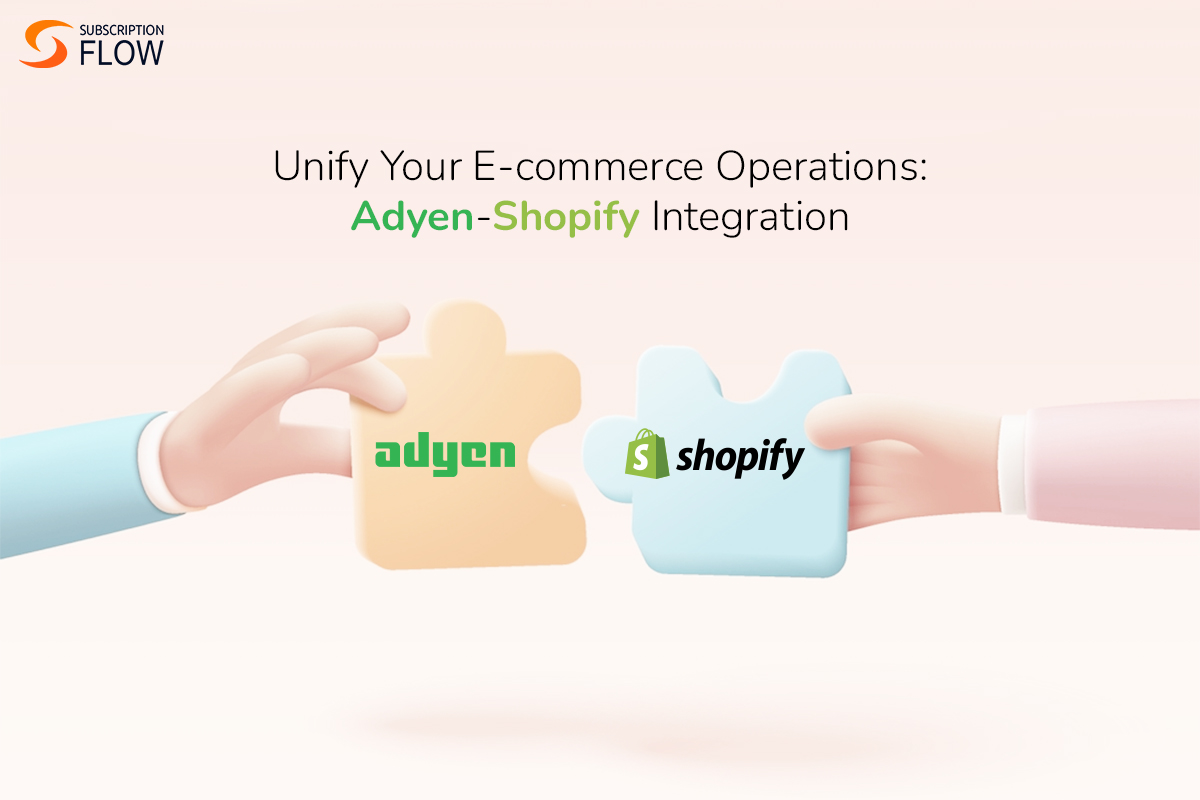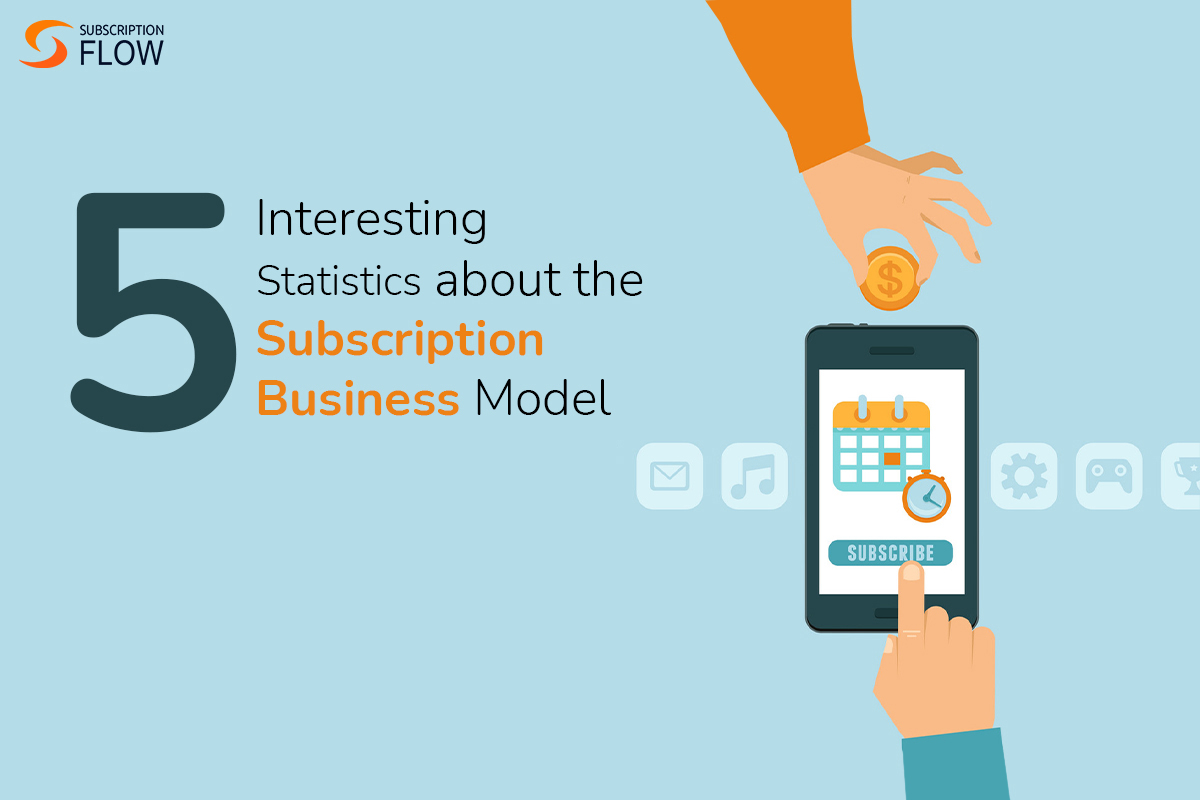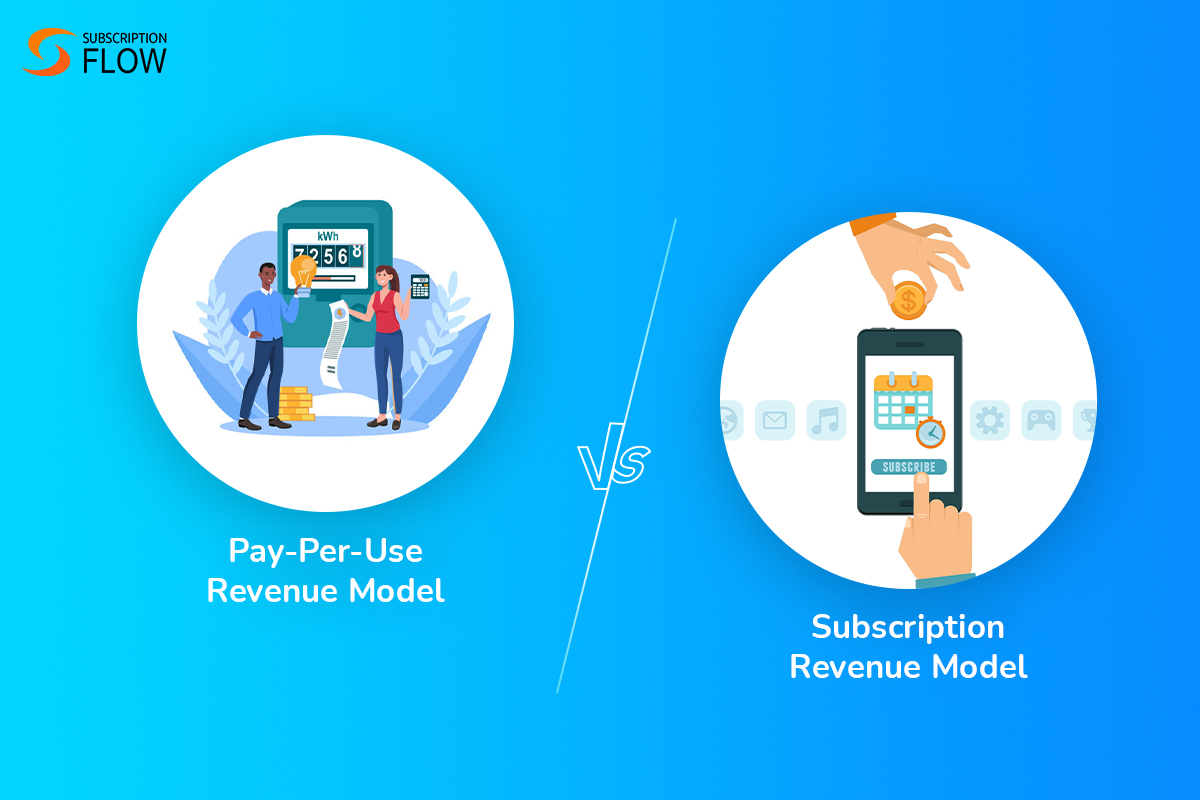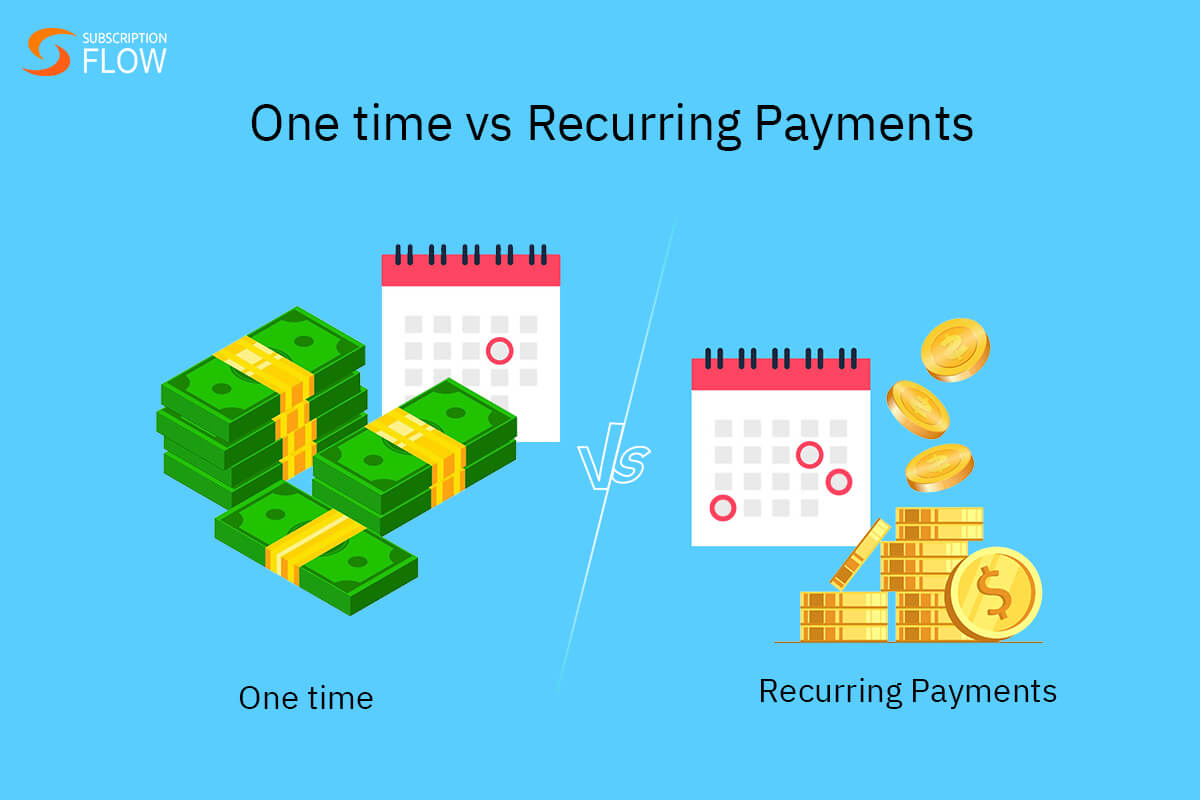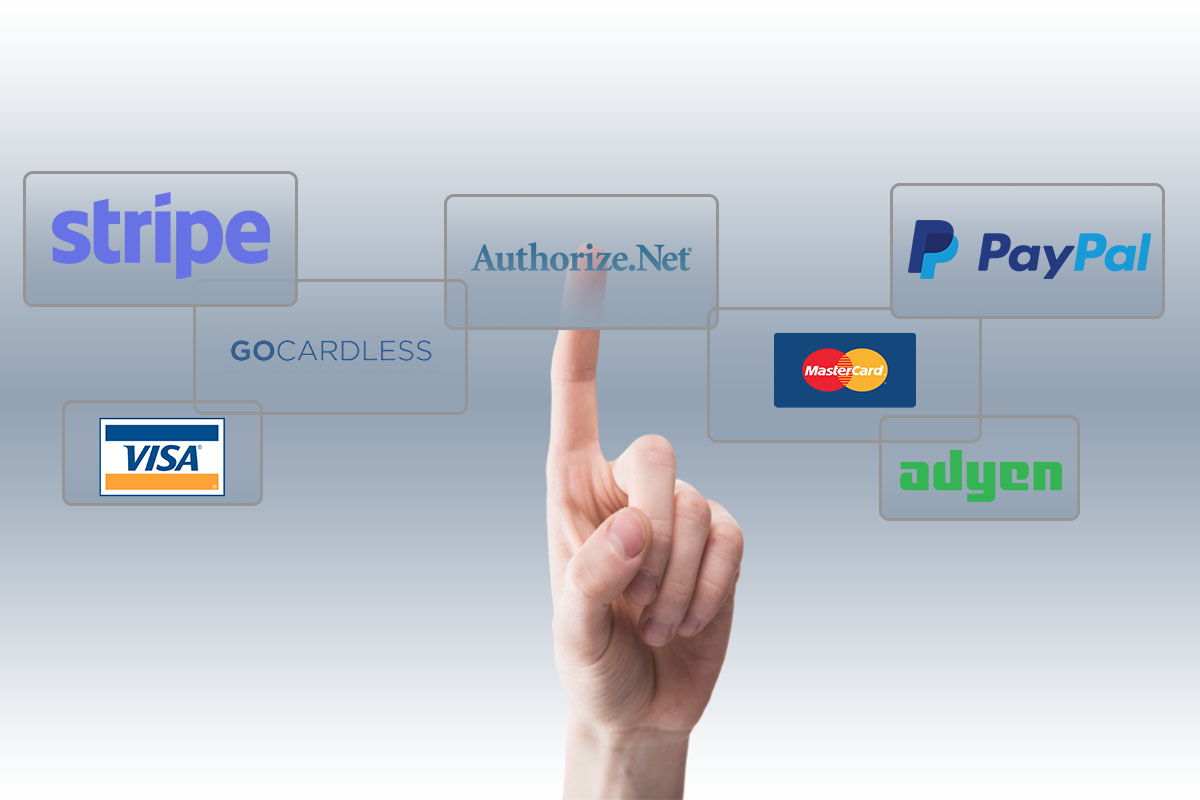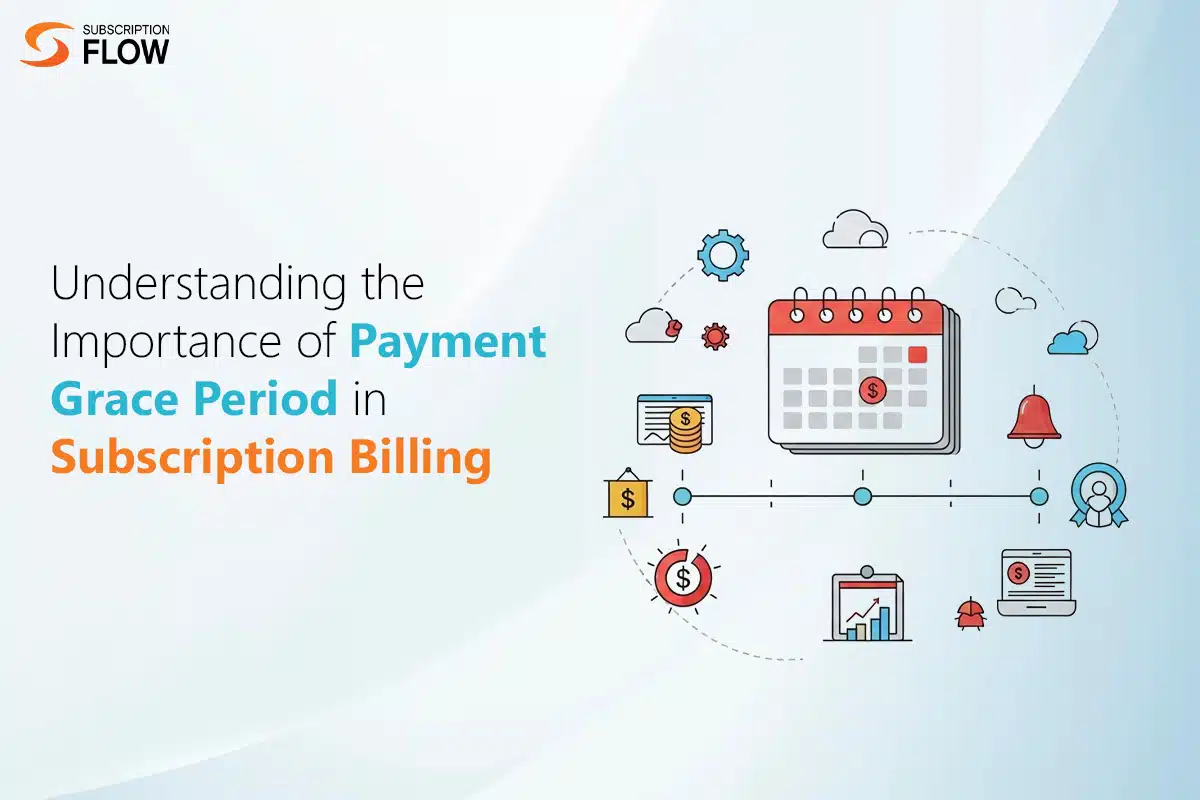
Understanding the Importance of Payment Grace Period in Subscription Billing
Customers don’t always miss their subscription payments intentionally. There can be a variety of reasons behind a missed payment, such as card expiration, fund shortage, or even something as simple as travelling.
If customers’ access to subscription is cut off immediately after payment failure, it does more harm than good. That is because it can increase involuntary churn, and can discourage potential late renewals.
To combat this issue, smart subscription management software allows companies to enable a payment grace period. This grace period gives subscribers extra time to complete their payment.
In this blog, let’s understand the concept of payment grace period in detail. Let’s also look at how this feature makes subscription billing more customer-friendly.
What is Payment Grace Period in Subscription?
A payment grace period refers to an extended time frame that customers are given to pay for their subscription. Payment grace period starts as soon as a customer’s payment fails or expires. Subscription payments are either collected manually or automatically. Failure can occur in both the situations.
Manual payments fail when customers don’t submit them on their due dates. These customers then become eligible for a grace period during which they are expected to clear their dues. Automatic payments, on the other hand, are collected by a business’s billing system itself.
If the system fails to fetch an automatic payment, it can be due to a number of reasons. The most common ones include the expiration of the customer’s given payment method. For instance, credit card. If the credit card has expired, the billing system cannot charge that anymore, leading to failure.
Another major reason can be the shortage of funds. If a customer’s credit card does not have the amount needed for payment, the system’s payment attempt would automatically fail. All these failures trigger the activation of the grace period.
Grace periods not only allow customers additional time to pay, but also promise service continuity. Subscription service continues uninterruptedly throughout the grace period. This is to ensure that the customers feel valued, and are motivated to resolve their payment issues as soon as possible.
Why is Payment Grace Period Necessary?
The grace period feature is essential for businesses to offer. These are the reasons why:
- To Prevent Involuntary Churn
Sometimes, payments fail due to factors that are not in the customers’ knowledge, or are beyond their control. Even something as simple as internet unavailability can hinder payments, if they are to be made manually. Moreover, other issues such as card expiry might not always be in the customer’s notice.
If customers are turned away in these situations, it leads to involuntary churn. Involuntary churn is when customers leave subscription unintentionally. They might not even notice when they are dropped off. That is why it is important to employ the grace period strategy in such scenarios.
During the payment grace period, businesses can notify customers exactly why their transactions are failing. This keeps customers in the loop, and allows them time to resolve the issues highlighted.
- To Make Customers Feel Valuable
It is important to keep billing customer-centric, so that customers feel they are valued by the business. If subscription is cut off abruptly after payment failure, it results in nothing but churn. It also gives customers the impression that the business lacks empathy for their concerns.
Offering grace periods helps prevent these problems. Customers are given seamless service access even after payment failure to promote goodwill between them and the business.
- To Improve Payment Recovery Chances
Grace periods actually give businesses the opportunity to recover their payments effectively. They can use this duration to start their dunning procedures, such as sending payment reminders and dunning emails to customers.
Dunning strategies progress alongside subscription service continuation. This ensures that the business’s revenue recovery attempts are customer friendly, as well as more persuasive.
Best Practices for Offering Payment Grace Period
Payment grace periods are also part of the billing strategy. They must be utilized the right way for optimal results. Here are some best practices regarding grace period implementation:
- Keep Grace Period’s Duration Reasonable
For most subscription businesses, a 3-7 days long grace period is the most effective. However, your grace period length depends upon your business’s niche, and customer expectations. Some subscription vendors might even extend the period to 15 days. That depends on their payment recovery strategy.
What’s important is that businesses must decide on a duration based on their retention strategies. Their decision should not be random.
- Enable Dunning During Grace Period Too
Businesses should initiate their dunning processes alongside the grace period. Grace periods offer the best opportunity for revenue recovery. During this time frame, customers’ subscription access is also not disrupted.
So essentially, customers are asked to pay as they continue benefitting from the service. This turns the subscription service into an incentive for customers to complete their payments faster. They are reminded of what they will lose if they don’t pay within the extended time.
- Don’t Keep Grace Periods Active for Too Long
If a payment grace period is prolonged beyond the recommended time frame, it can also cause problems. Instead of encouraging customers to pay, it can further discourage renewal payments by offering free service access for a good amount of time.
This minimizes the grace period’s effectivity, and businesses risk losing revenue. That is because keeping the subscription service active for free can cost businesses significant resources. And those resources further go to waste if they fail to retain customers in the end.
How SubscriptionFlow Helps Implement Effective Grace Periods
Businesses using SubscriptionFlow can easily offer their customers a grace period when the need arises. They can leverage this period to level up their payment recovery efforts. If payment is not recovered before the grace period ends, then the relevant customers’ subscription is automatically suspended or cancelled.
These are the key features of payment grace periods offered in SubscriptionFlow:
- Customized Duration
Subscription businesses can easily create custom grace periods by changing their duration according to need. For instance, they can make this period last for 3, 7, or 14 days, or for a number of days other than these.
- Flexible Rules
Different rules can be applied to the grace period based on different situations. For example, there can be varying grace period durations for each subscription plan. Monthly plans may offer a 7-day grace period, while quarterly plans may offer more extended windows.
Moreover, the grace period’s length can also be customized according to different customer segments, or customers’ payment methods. For instance, a business can create two customer segments in SubscriptionFlow: the habitually late payers, and the punctual payers.
If a customer belongs to the habitually late payer category, the business can offer them only short grace periods, lasting for no more than 3 days. But, if they belong to the punctual payer category, they can be assigned longer and more accommodating periods, as a loyalty reward.
- Automatic Payment Retries
SubscriptionFlow enables automated payment retries to fetch previously failed payments. Retry attempts are carried out at different timings to improve success rate. When a subscriber’s payment fails for the first time, they are immediately given a grace period.
Meanwhile, SubscriptionFlow also begins its payment retries alongside, so that revenue is recovered within the grace period. If payment is recovered during the grace period, the customer is successfully retained for the cycle.
- Automatic Payment Reminders
The software allows businesses to draft personalized payment reminders, and send them automatically. They can choose when to send the reminders, and where. Reminders can be sent in the customer’s mailbox, their self-service portals, or the downloaded app (if applicable).
These reminders notify customers of their payment problems on time, so they can actively look into them. Customers can also be contacted via support to help them with issue resolution.
- Performance Tracking
With SubscriptionFlow’s analytical tools, businesses can actively monitor the performance of their grace periods. They can analyze how many customers they have retained during each period. They can also observe which period duration aligns the best with their billing strategy.
Having difficulty retaining customers after payment failures? Try SubscriptionFlow today, and devise impactful grace period strategies to boost retention.

